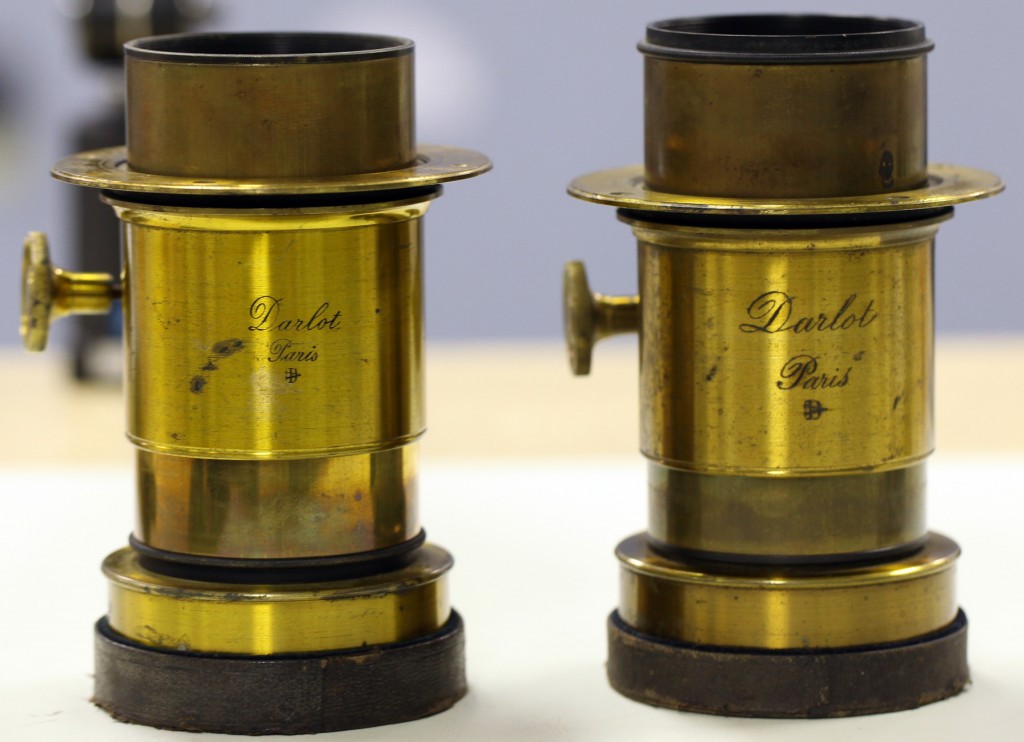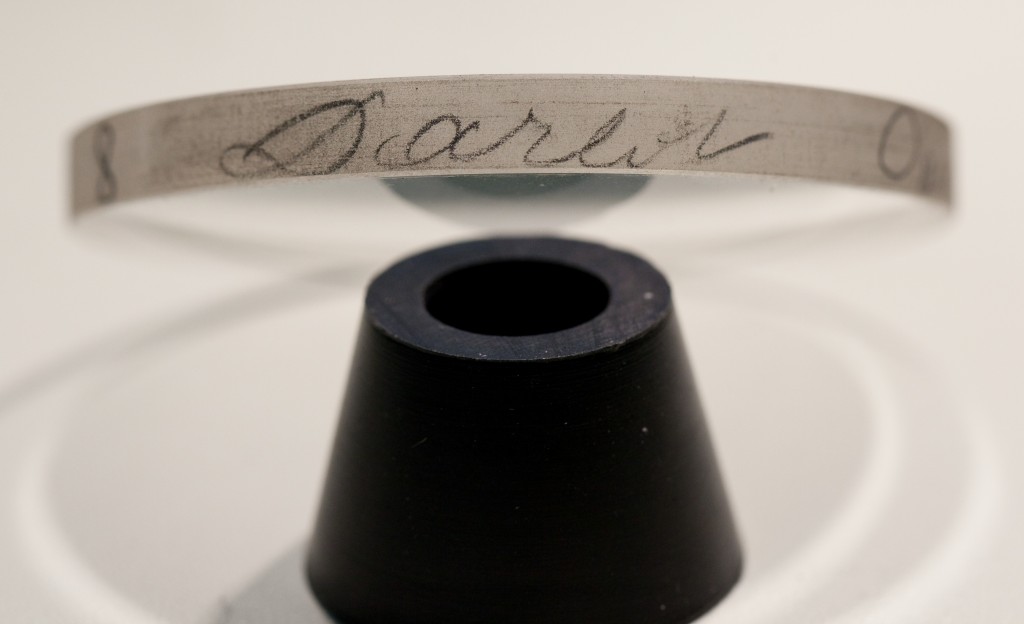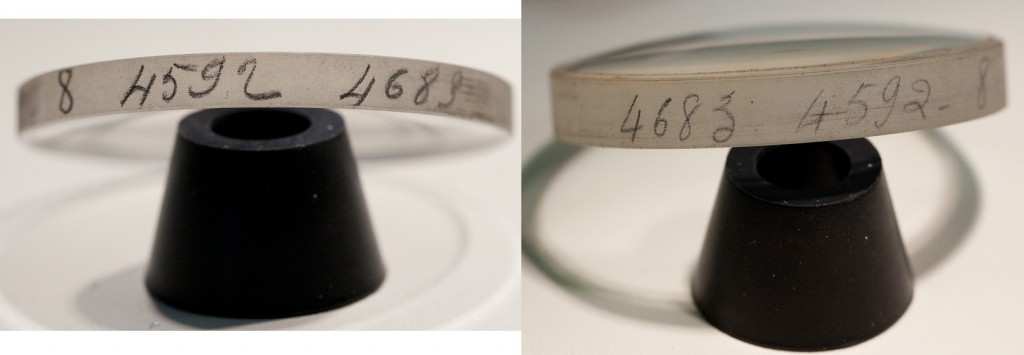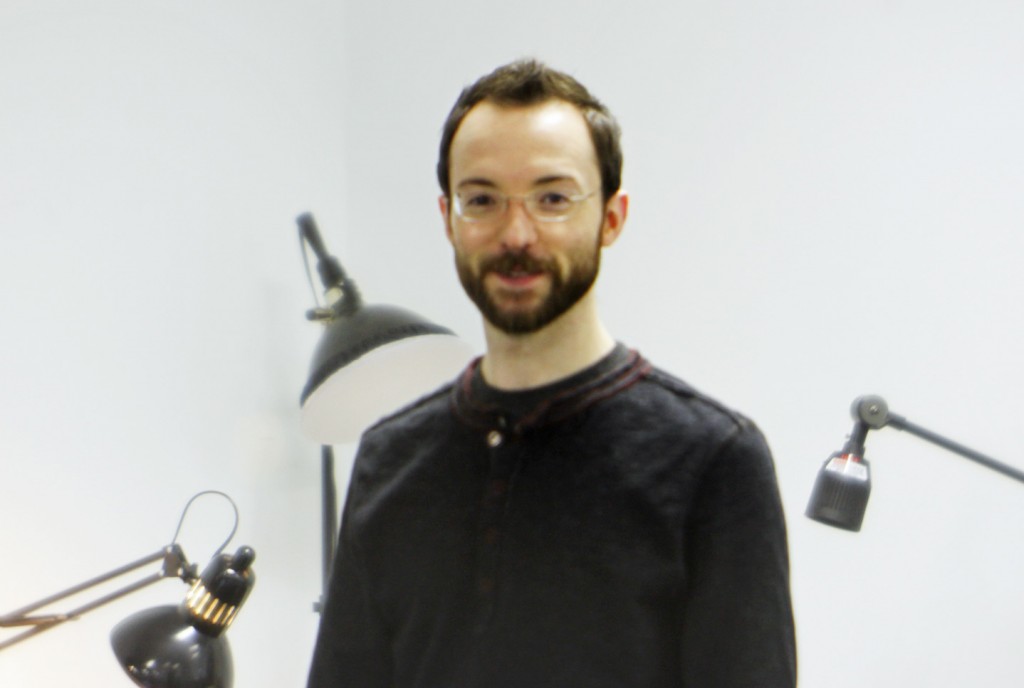History of Photography
Serial Numbers, Circa 1870
I had a fun surprise today. We were cleaning a couple of old Petzval lenses, getting them ready to show off at Imaging USA next week. One of our Darlot lens from circa 1870 or so gave us quite a surprise.

A pair of Darlot Petzval lenses, circa 1870
When we removed the elements to clean them, we found Darlot’s signature in pencil along the edges. That’s not unheard of, in the old days some Lensmakers were so proud of their lenses that they would sign the edge of the elements before inserting them.

Darlot's signature in pencil along the edge of the front element
The front element in this one also had a set of numbers along the edge that we didn’t understand until we took out the second element: it was also signed and had the same number. We assume this was Darlot’s version of a serial number (serial numbers etched into the brass came a bit later).

Identical numbers (group order transposed) on the other edge of the glass
At least that’s our best guess as to the explanation. But maybe someone out there has some more information. If you do, please leave a comment. Or better yet come visit our booth at imaging USA and you can take some pictures with it if you like (well, as long as you have a Canon mount camera) or just look at it if you don’t. And it works surprisingly well – the subject matter below leaves a lot to be desired, but I bet your current lens won’t work this well when it’s 140 years old.

Aaron at about 10 feet with small Petzval lens on 5D II

Joey at about 15 feet with the Darlot Petzval in this article
Author: Roger Cicala
I’m Roger and I am the founder of Lensrentals.com. Hailed as one of the optic nerds here, I enjoy shooting collimated light through 30X microscope objectives in my spare time. When I do take real pictures I like using something different: a Medium format, or Pentax K1, or a Sony RX1R.
-
Bruce
-
Joachim
-
Joachim
-
Joachim
-
Siegfried
-
Siegfried
-
Joe Don Richardson
